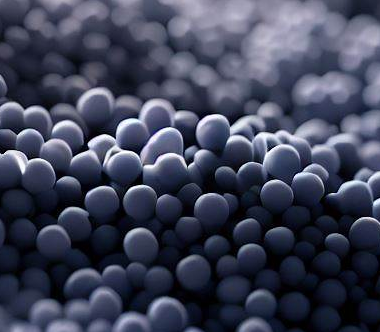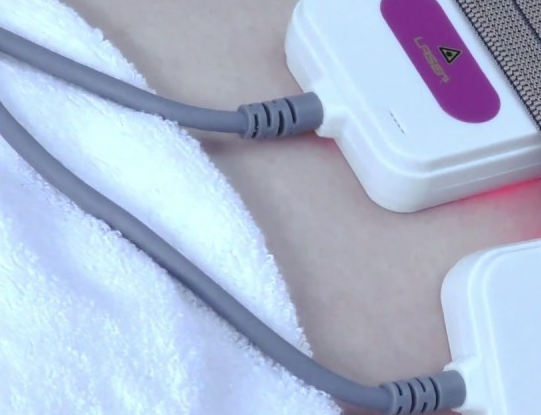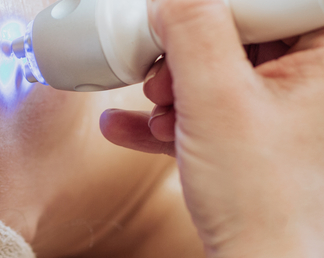Dirt biking is an exhilarating experience that demands control and precision; it's more than just a sport. The steering stabilizer is an important component that can have a considerable impact on your riding experience.
Being an enthusiast for dirt bikes, you know the excitement of riding difficult tracks and overcoming obstacles. Off-road biking is both thrilling and hard, and one component that frequently comes into focus is the steering stabilizer.

What is a Steering Stabilizer?
The steering stabilizer, also called a "dampener," is a device that is installed on the handlebars of a dirt bike with the purpose of reducing vibrations and stabilizing the front wheel. It's made to improve control and lessen the effects of pebbles, bumps, and other obstacles that off-road riders may experience.
Pros
Reduced Headshake and Fatigue
Headshake is significantly reduced when you use a steering stabilizer on your dirt bike, which is one of the biggest benefits. A headshake, also called a "tank slapper," is the rapid oscillation of the front tire from one side to the other. The rider may experience both physical exhaustion and anxiety. A more comfortable and smoother ride is achieved by using steering stabilizers to reduce this problem.
Improved Stability
When riding off-road, stability is crucial. Steering stabilizers improve the stability of your bike by reducing wobbling and twitchy handling. A stabilizer gives you more confidence and control by keeping your bike on track whether you're blasting down a dirt path or navigating difficult terrain.
Enhanced Control
Dirt biking requires precise control, especially in difficult conditions. By minimizing the effect of unanticipated obstacles and shocks, a steering stabilizer enables you to maintain control of your bicycle. This means you won't have to worry about your handlebars jerking out of your hands when navigating steep terrain.
Looser Grip on the Handlebars
When you get a steering stabilizer installed, you won't have to hold onto your handlebars tightly to maneuver your bike. This makes riding more comfortable, especially on lengthy trips, and less exhausting for riders.
Adjustable Preferences
These days, steering stabilizers for dirt bikes come with several adjustable settings. Parameters like sensitivity and damping can be changed to suit your riding preferences and style. This degree of personalization guarantees that the stabilizer performs exactly as you desire, improving your riding experience in general.
Cons
Extra Weight and Complexity
Although steering stabilizers have many advantages, they also have drawbacks, such as increased weight and complexity. Your bike may become heavier overall if you install a stabilizer because you are adding extra parts to it. It can also be harder to maintain and fix things because they are more complicated.
Cost
Steering stabilizers of good quality are pricey. Purchasing a high-quality stabilizer may be expensive. However, a lot of riders discover that the advantages they offer outweigh the initial investment.
Proper Setup and Maintenance
A steering stabilizer needs to be properly adjusted and maintained in order to be beneficial. Neglecting maintenance or performing an installation incorrectly can result in possible problems or decreased efficacy. It is the responsibility of riders to maintain the best possible condition for their stabilizer.
Individual Preference
Steering stabilizers are not for everyone. Some may discover that riding a dirt bike without one is pleasant and manageable enough for them. It is ultimately a matter of individual preference and riding style.









